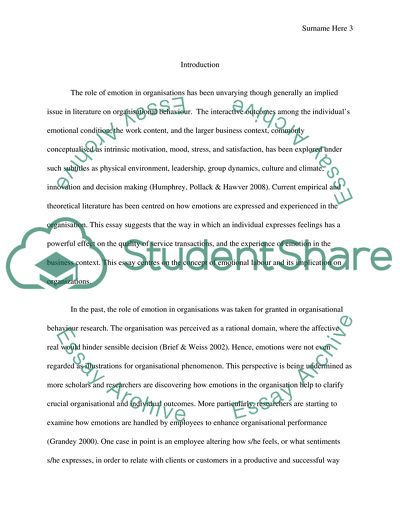Cite this document
(The Role of Emotions in Organizations Coursework, n.d.)
The Role of Emotions in Organizations Coursework. Retrieved from https://studentshare.org/human-resources/1737344-emotional-labour
The Role of Emotions in Organizations Coursework. Retrieved from https://studentshare.org/human-resources/1737344-emotional-labour
(The Role of Emotions in Organizations Coursework)
The Role of Emotions in Organizations Coursework. https://studentshare.org/human-resources/1737344-emotional-labour.
The Role of Emotions in Organizations Coursework. https://studentshare.org/human-resources/1737344-emotional-labour.
“The Role of Emotions in Organizations Coursework”, n.d. https://studentshare.org/human-resources/1737344-emotional-labour.


